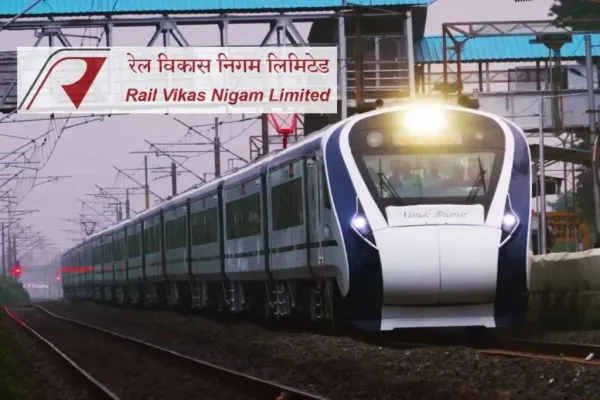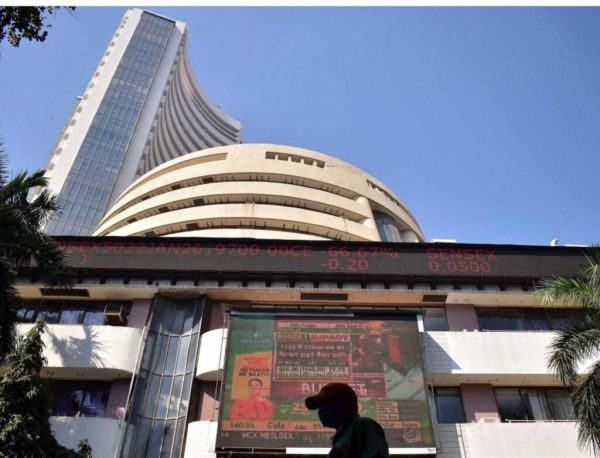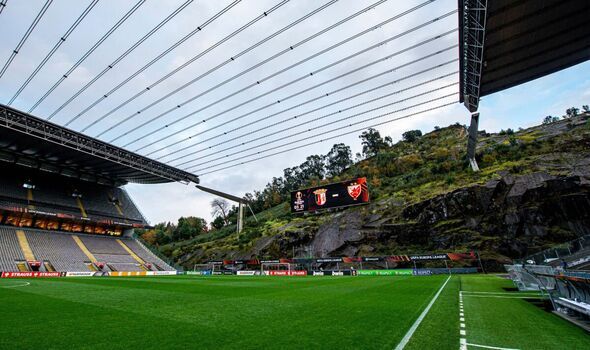
Football stadiums come in all shapes and sizes but some are undoubtedly better to look at than others. From grounds constructed in unusual locations to those which take full advantage of the natural beauty surrounding them, these arenas are some of the best in the world. One is even carved into the side of a mountain, while another will grace the international stage at next year's .
Express Sport looks at eight of the most beautiful stadiums in world football...
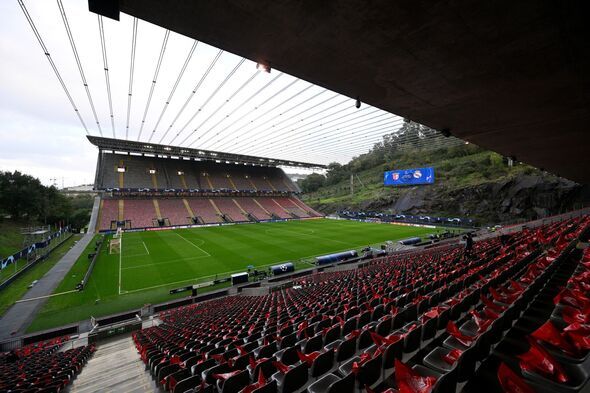 Braga Municipal Stadium, Portugal
Braga Municipal Stadium, Portugal
Constructed for Euro 2004, the home stadium of Braga is right up there with the best-looking grounds on the planet. It has been carved into the side of a mountain on the site of a former quarry, which is on full display behind one of the goals.
It cost over £170million to build, largely due to the process of removing thousands of tonnes of rocks. It was worth every penny, though, with the stadium's iconic scenery making it an essential visit for groundhoppers around the world.
Henningsvaer Idrettslag Stadion, NorwayThis stadium only has a capacity of around 500 but is easily one of the world's most picturesque venues. Located in the fishing village of Henningsvaer, it is surrounded by towering mountains and the freezing North Sea.
The stunning views on display have made it a tourist attraction, with travellers flocking to witness the tiny arena in all its glory. It is more than just a football ground, with the facility also serving as a community hub for the people of Henningsvaer.
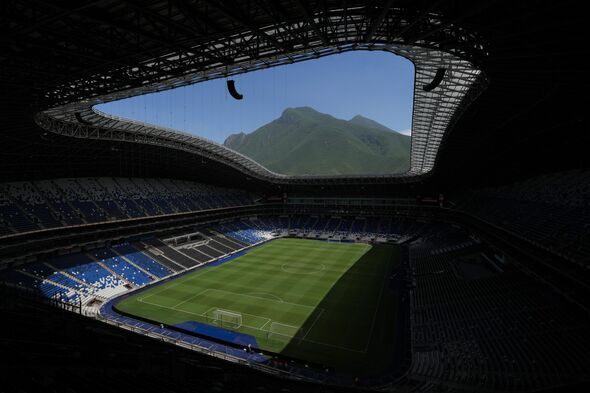 Estadio BBVA, Mexico
Estadio BBVA, Mexico
This incredible stadium is among the venues set to be used at next year's World Cup. Those in the single-tier south stand will be treated to a breathtaking view of Cerro de la Silla, a huge mountain range situated just behind the venue.
It is the home ground of Monterrey but will be thrust into the limelight when football's biggest tournament rolls around next summer. The 53,500-capacity stadium will host three group stage matches in addition to one game in the second round.
Maracana Stadium, BrazilOne of the most iconic arenas to have ever been constructed, the Maracana needs no introduction. The history of the place speaks for itself, having played host to World Cup finals in 1950 and 2014 in addition to the Olympic Games in 2016.
More than 200,000 spectators are reported to have been in the stadium to watch Uruguay beat Brazil in the 1950 showpiece. These days, it has a capacity of 78,838 and hosts matches involving Fluminense, Flamengo, Botafogo and Vasco da Gama.
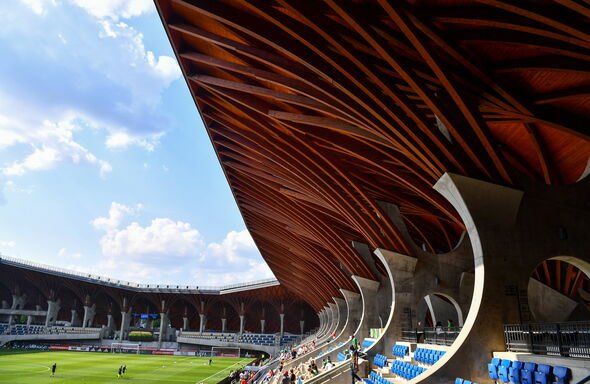 Pancho Arena, Hungary
Pancho Arena, Hungary
The sheer intricacy of this design makes it arguably the most beautiful football stadium on the planet. The wood-lined curved interior spreads like tree branches and was supposedly designed to bring match-going fans closer to nature.
The mood lighting in the roof of the stadium helps to accentuate the unique details which provide its charming character. Located in the small Hungarian village of Felcsutand, it plays host to top-flight club Puskas Akademia.
Ottmar Hitzfeld Stadium, SwitzerlandAnother tiny ground with breathtaking views, the Ottmar Hitzfeld Stadium is perched 2,000 metres above sea level. It is so high that it becomes a ski run in the winter, and so remote that it can only be accessed by two cable cars.
It is believed to be the highest football stadium in Europe and is the home ground of Swiss amateur club Gspon. Many balls have been lost to the mountains, with reporting that over 1,000 have disappeared in the last 40 years.
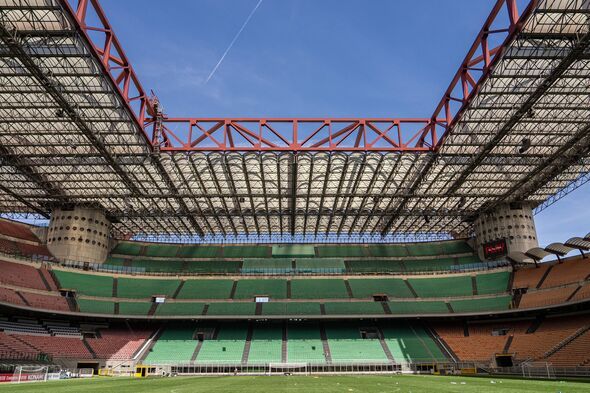 San Siro, Italy
San Siro, Italy
The famous old stadium, which is shared between AC Milan and Inter Milan, is a behemoth of iron and concrete located near the edge of the city. It seats more than 80,000 fans, making it the biggest venue in the whole of Italy.
Some huge changes are expected to take place over the coming years, with both Milan clubs exploring the possibility of moving into new homes. If that happens, it will be a crying shame.
Allianz Arena, GermanyThe final stadium on this list is certainly a stunning one. While it can be difficult to get to and lacks the character of some older grounds, the Allianz Arena is undoubtedly one of the best-looking modern venues in world football.
It was ahead of its time when it first opened in 2005, mainly due to the illuminated plastic bubbles around the outside which can light up in any colour. Even two decades later, the arena still looks futuristic and has inspired plenty of similar designs.




